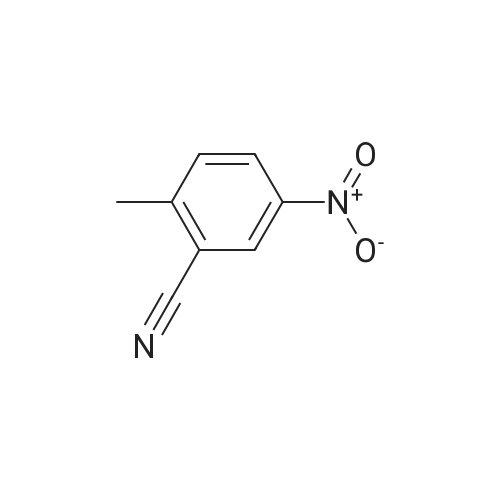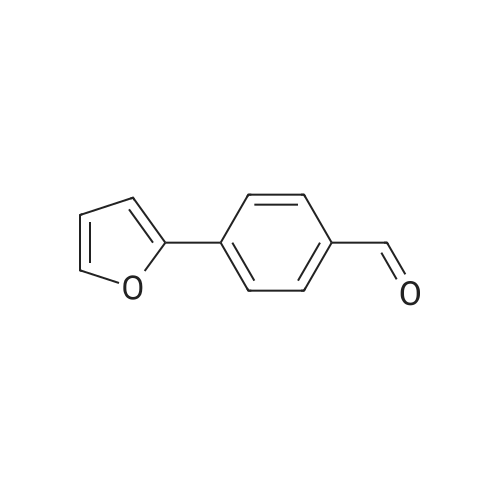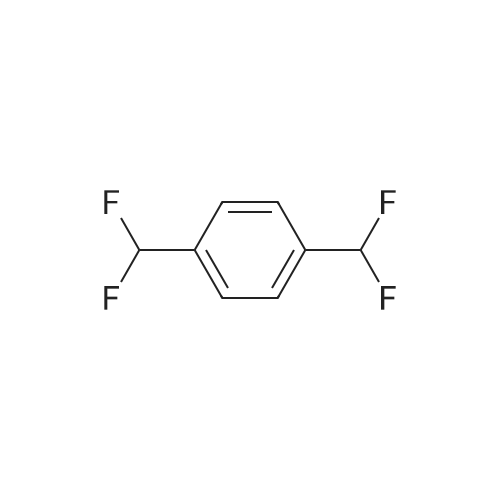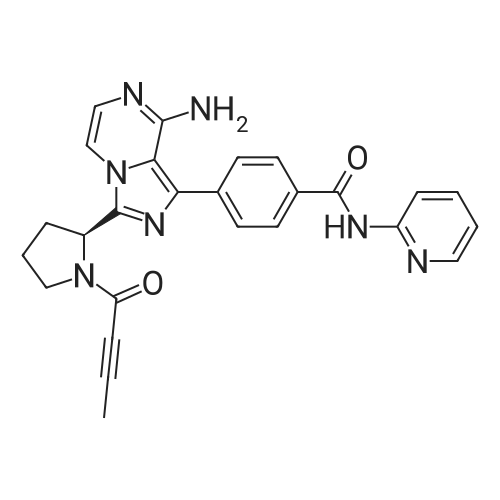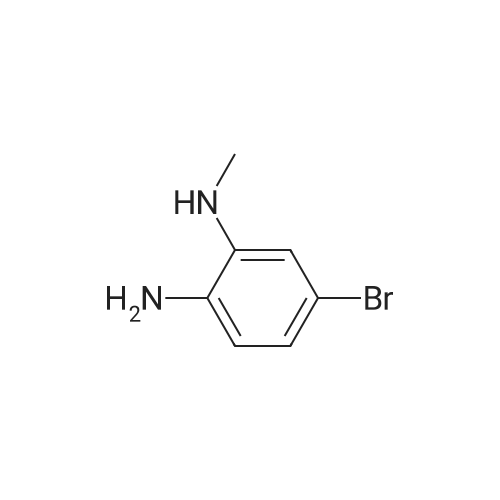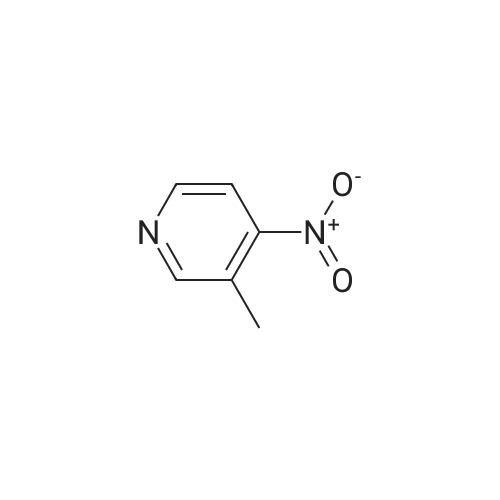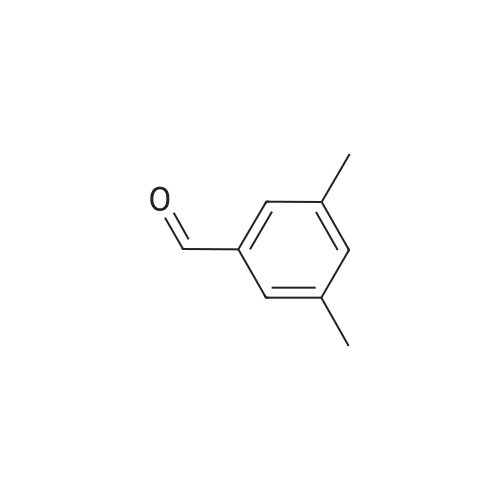Solutions Are the Problem: Ordered Two-Dimensional Covalent Organic Framework Films by Chemical Vapor Deposition
Jeremy P. Daum
;
Alec Ajnsztajn
;
Sathvik Ajay Iyengar
, et al.
ACS Nano,2023,17(21):21411-21419.
DOI:
10.1021/acsnano.3c06142
PubMed ID:
37871166
More
Abstract: Covalent organic frameworks (COFs) are a promising class of crystalline polymer networks that are useful due to their high porosity, versatile functionality, and tunable architecture. Conventional solution-based methods of producing COFs are marred by slow reactions that produce powders that are difficult to process into adaptable form factors for functional applications, and there is a need for facile and fast synthesis techniques for making crystalline and ordered covalent organic framework (COF) thin films. In this work, we report a chemical vapor deposition (CVD) approach utilizing co-evaporation of two monomers onto a heated substrate to produce highly crystalline, defect-free COF films and coatings with hydrazone, imine, and ketoenamine COF linkages. This all-in-one synthesis technique produces highly crystalline, 40 nm–1 μm-thick COF films on Si/SiO2 substrates in less than 30 min. Crystallinity and alignment were proven by using a combination of grazing-incidence wide-angle X-ray scattering (GIWAXS) and transmission electron microscopy (TEM), and successful conversion of the monomers to produce the target COF was supported by Raman spectroscopy, X-ray photoelectron spectroscopy (XPS), and UV–vis measurements. Additionally, we used atomic force microscopy (AFM) to investigate the growth mechanisms of these films, showing the coalescence of triangular crystallites into a smooth film. To show the wide applicability and scope of the CVD process, we also prepared crystalline ordered COF films with imine and ketoenamine linkages. These films show potential as high-quality size exclusion membranes, catalytic platforms, and organic transistors.
Keywords:
covalent organic frameworks ;
chemical vapor deposition ;
thin films ;
cof-42 ;
polymers ;
monomers
Purchased from AmBeed:
1136292-71-1 ;
623-27-8 ;
118727-34-7 ;
3163-76-6

Pure Crystalline Covalent Organic Framework Aerogels
Dongyang Zhu
;
Yifan Zhu
;
Qianqian Yan
, et al.
Chem. Mater.,2021,33(11):4216-4224.
DOI:
10.1021/acs.chemmater.1c01122
More
Abstract: Covalent organic frameworks (COFs) are crystalline organic materials of interest for a wide range of applications due to their porosity, tunable architecture, and precise chemistry. However, COFs are typically produced in powder form and are difficult to process. Herein, we report a simple and versatile approach to fabricate macroscopic, crystalline COF gels and aerogels. Our method involves the use of dimethyl sulfoxide as a solvent and acetic acid as a catalyst to first produce a COF gel. The COF gel is then washed, dried, and reactivated to produce a pure macroscopic, crystalline, and porous COF aerogel that does not contain any binders or additives. We tested this approach for six different imine COFs and found that the crystallinities and porosities of the COF aerogels matched those of COF powders. Electron microscopy revealed a robust hierarchical pore structure, and we found that the COF aerogels could be used as absorbents in oil–water separations, for the removal of organic and inorganic micropollutants, and for the capture and retention of iodine. This study provides a versatile and simple approach for the fabrication of COF aerogels and will provide novel routes for incorporating COFs in applications that require macroscopic, porous materials.
Purchased from AmBeed:
623-27-8 ;
118727-34-7 ;
63525-48-4


 Chemistry
Chemistry
 Pharmaceutical Intermediates
Pharmaceutical Intermediates
 Inhibitors/Agonists
Inhibitors/Agonists
 Material Science
Material Science















 For Research Only
For Research Only
 120K+ Compounds
120K+ Compounds
 Competitive Price
Competitive Price
 1-2 Day Shipping
1-2 Day Shipping








